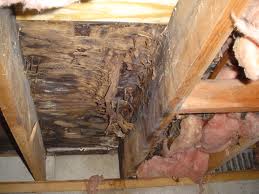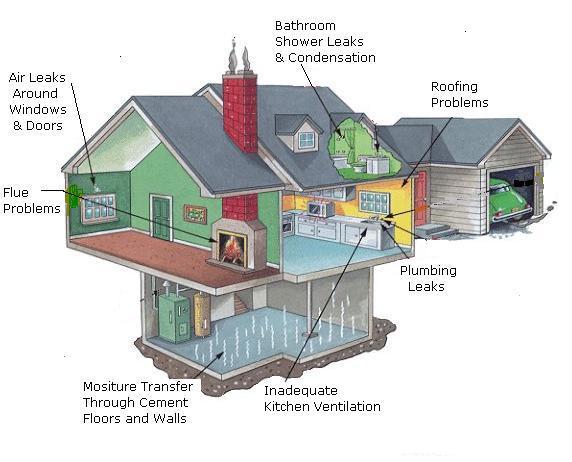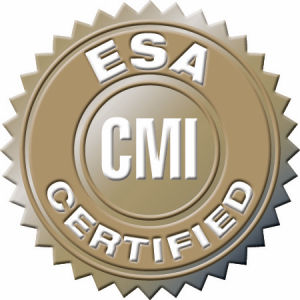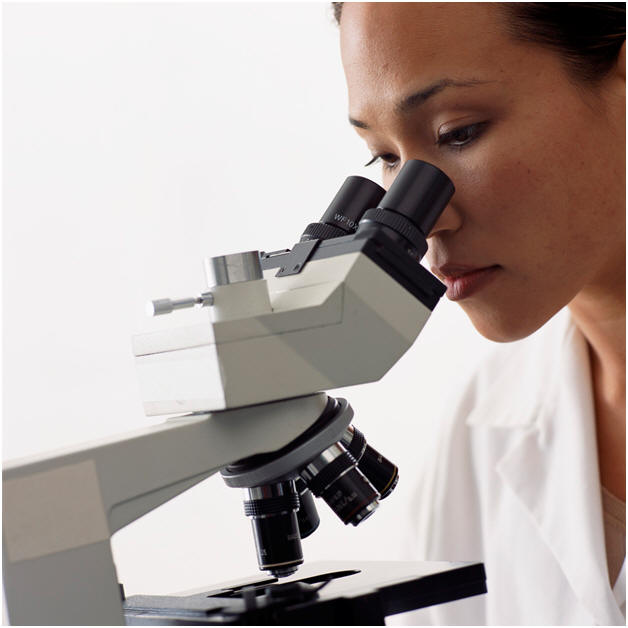Mold

There are thousands of known species of molds. Molds reproduce through small spores. When mold spores are present in large quantities, they can present a health hazard to humans, potentially causing allergic reactions and respiratory problems. Symptoms caused by mold allergy are watery, itchy eyes, a chronic cough, headaches or migraines, difficulty breathing, rashes, tiredness, sinus problems, nasal blockage and frequent sneezing.
Mold in the home can usually be found in damp, dark or steamy areas e.g. bathroom or kitchen, cluttered storage areas, recently flooded areas, basement areas, plumbing spaces, areas with poor ventilation and outdoors in humid environments. Insufficient ventilation further enables moisture build-up.
Spores need three things to grow into mold:
- Nutrients: Common building materials, such as plywood, drywall, furring strips, carpets, and carpet padding are food for molds.
- Moisture: There must be a source of water (which could be invisible humidity)
- Time: Mold growth begins between 24 hours and 10 days from the provision of the growing conditions. There is no known way to date mold.

Molds are found everywhere inside and outside, and can grow on almost any substance when moisture is present. Spores can be carried by air currents, when these spores land on a moist surface that is suitable for life, they begin to grow. Mold is normally found indoors at levels that do not affect most healthy individuals.
Because common building materials are capable of sustaining mold growth mold colonies can grow inside building structures. The main problem with the presence of mold in buildings is the inhalation of mycotoxins. Molds may produce an identifiable smell. Growth is fostered by moisture. After a flood or major leak, mycotoxin levels are higher in the building. The term "toxic mold" refers to molds that produce mycotoxins not to all molds in general.
Assessment

The first step in an assessment is to determine if mold is present. This is done by visually examining the premises. If mold is growing and visible this helps determine the level of remediation that is necessary. These methods, considered non-intrusive, only detect visible and odor-causing molds. If mold is actively growing and is visibly confirmed, sampling for specific species of mold is unnecessary. Careful detailed visual inspection should be used to find problems needing correction.
Sampling
Often people will see black mold growing and make the assumption that the mold is black mold. Not all black colored mold is the dreaded "Black Mold" stachybotrys. There are tens of thousands of molds and many are colored black. To ensure your home is not contaminated with the dangerous stachybotrys black mold you need testing by a qualified certified mold assessor and inspector.

King Home Inspection, LLC. is an ESA Certified Mold Inspector and Assessor. Sampling answers the following questions: "what is the spore concentration in the air", and/or "is a particular species of fungi present in the building that is harmful to your health." In general the EPA does not recommend sampling unless an occupant of the space is symptomatic but testing will answer some of the unknown questions that can only determined by testing and utilizing laboratory analysis. Some lending institutions require mold testing to determine the type of mold. King Home Inspection, LLC. utilizes EMLS laboratories for testing processed mold samples. Once we collect the samples we expedite mail the samples to the laboratory for analysis and within a week we will have your information and email the report to you.
